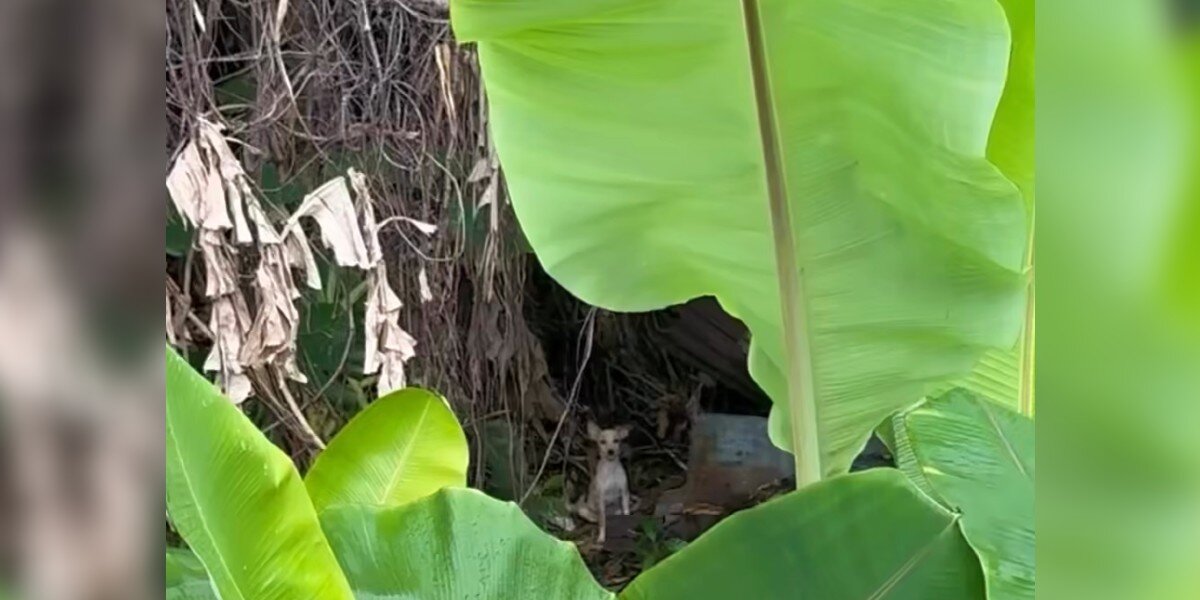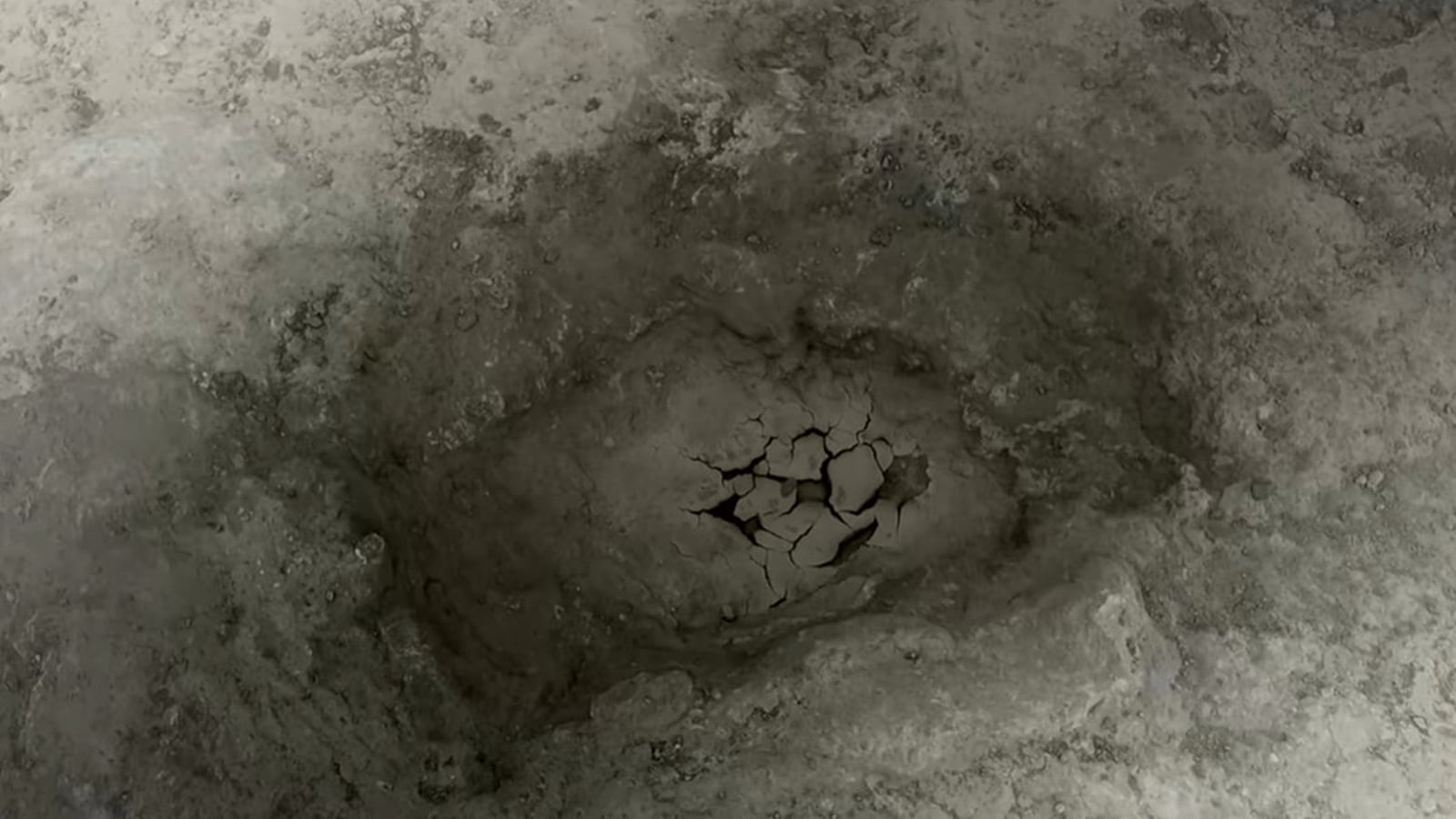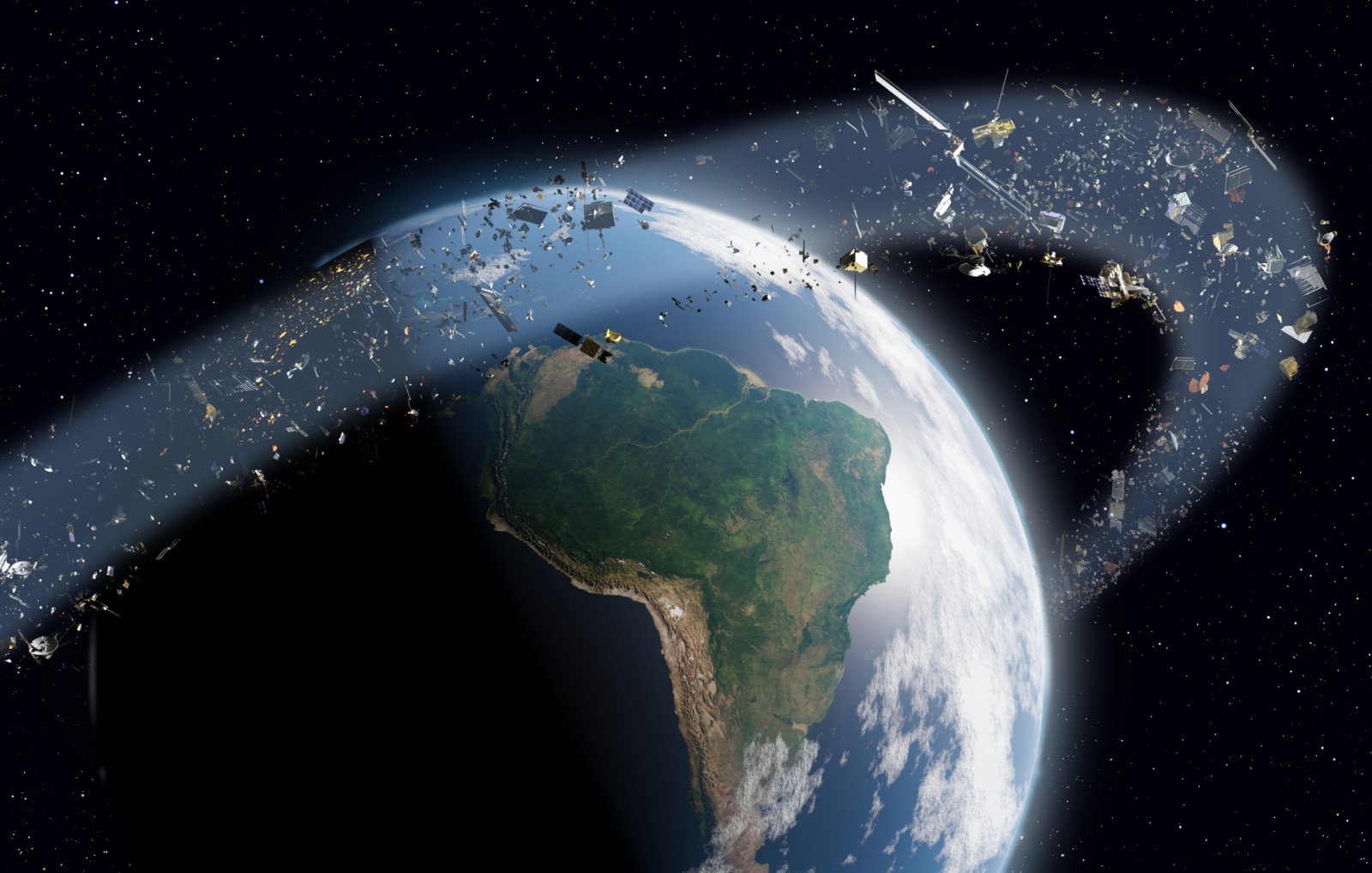Unbelievable Discovery: Microbial Life That Could Thrive on Mars Found in Israel!

What if I told you that some of the toughest life forms on Earth might hold the key to finding extraterrestrial life? That's right! Researchers from Ben-Gurion University of the Negev and NASA have made a groundbreaking discovery in Israel's arid southern desert, revealing microscopic life that can endure conditions so harsh they seem impossible.
The findings, unveiled on Wednesday, challenge everything we thought we knew about life’s boundaries on our planet and could serve as a model for understanding what microbial life might look like on Mars and other dry planets. Published in the peer-reviewed Environmental Microbiology Reports, this joint study focused on microorganisms thriving within the sandstone rocks of the Timna Valley, a region so dry it receives less than 100 millimeters of rain annually.
Dr. Irit Nir, who led the research at Ben-Gurion University, explained how these resilient organisms survive the blistering heat, lack of water, and intense ultraviolet radiation by entering a dormant state. “We examined the microbial communities that exist just beneath the surface of the stone,” she shared. “This environment offers protection from extreme temperatures and radiation, while still allowing enough light and water to seep through.”
The team, which included experts from the Dead Sea and Arava Research Center as well as NASA’s Ames Research Center, aimed to uncover how life could thrive in environments where water is scarce and temperatures fluctuate wildly. They found that only a few millimeters beneath the rock's surface, colonies of photosynthetic cyanobacteria—often called blue-green algae—live shielded from the brutal conditions above, using the porous sandstone to trap vital moisture.
“Timna Park is among the driest regions in the Arava Valley,” remarked Prof. Ariel Kushmaro, the head of the research group. “The unique properties of the local sandstone, combined with rare rain events and a lack of dew, create perfect conditions for the development of these remarkable bacteria.”
This research builds on foundational discoveries made in the 1970s by Prof. Imri Friedman and Dr. Chris McKay, who were the first to identify endolithic microbial communities thriving inside rocks in extreme desert conditions. While previous studies confirmed the existence of these microorganisms, many questions lingered regarding their long-term survival strategies. To tackle this, the team employed a combination of local climate data, sediment analysis, and advanced imaging techniques.
One fascinating experiment involved examining sandstone samples that had remained in dark, dry conditions for over 25 years. Remarkably, the microbes showed no significant change, suggesting they can stay dormant for decades, waiting for water to reactivate their metabolic activities. “The microbial population can survive approximately 25 years in such conditions without losing viability,” Dr. Nir stated. “When water surfaces, even for a brief moment, they spring back to life.”
This incredible survival strategy mirrors what might be happening on Mars, where water is incredibly rare, and the surface is bombarded with radiation. The team discovered that within the sandstone's tiny pores, bacteria are shielded from harmful radiation and can endure extreme dryness by remaining dormant, only awakening with minimal moisture.
“These findings not only provide crucial insights for the search for microbial life beyond Earth but offer a unique model for understanding life's potential on Mars,” Dr. Nir elaborated. The researchers also noted that the metabolic processes of these microbes could leave behind isotopic or textural signatures that might serve as clues for scientists searching for life on Martian rocks.
As scientists deepen their understanding of how microbial life can persist in the harsh environment of Timna, they hope to shed light on the limits of life on Earth and explore the possibilities of existence elsewhere. “This type of research goes beyond survival in deserts,” Kushmaro concluded. “It helps us redefine what life can achieve and where we might uncover it next.”



























